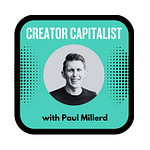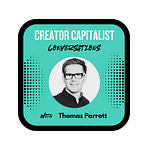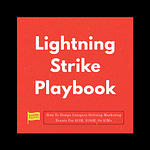Arrrrr! 🏴☠️ Welcome to a 🔒 subscriber-only edition 🔒 of Category Pirates. Each week, we share radically different ideas to help you design new and different categories. For more: Dive into an audiobook | Listen to a category design jam session | Enroll in the free Strategy Sprint email course
Playback speed
×
Share post
Share post at current time
Share from 0:00
0:00
/
0:00
Paid episode
The full episode is only available to paid subscribers of Category Pirates
Escape The Annual Strategy Planning Trap With Strategy Therapy
Facing the pain upfront makes the entire strategy planning process go faster, smoother, and easier.
Jan 22, 2024
∙ Paid
Category Pirates
The authority on category design & category creation. Sharing how legendary entrepreneurs, executives, marketers, and creators design business breakthroughs.
By Christopher Lochhead, Eddie Yoon, & Katrina Kirsch
The authority on category design & category creation. Sharing how legendary entrepreneurs, executives, marketers, and creators design business breakthroughs.
By Christopher Lochhead, Eddie Yoon, & Katrina KirschListen on
Substack App
RSS Feed
Recent Episodes











